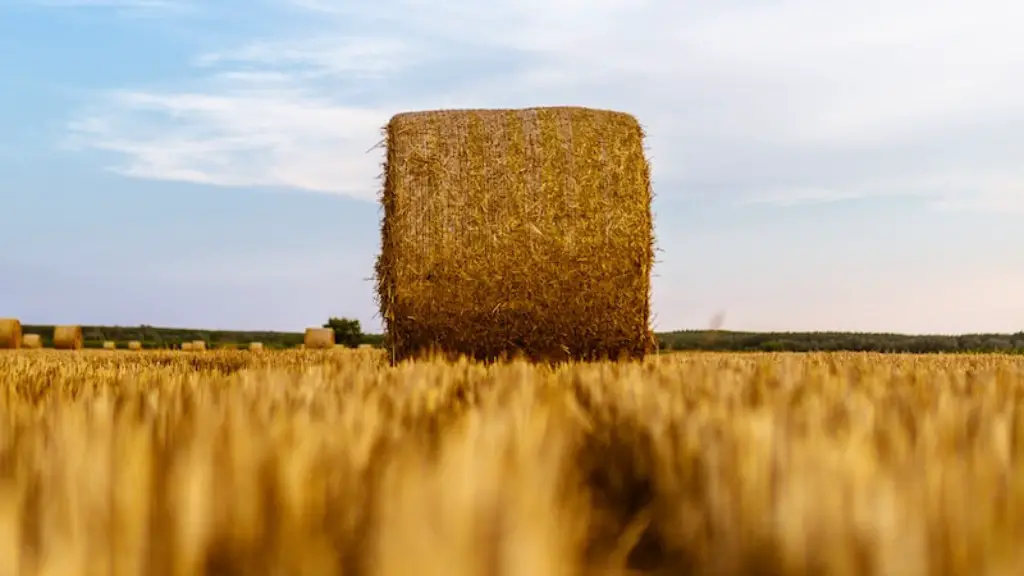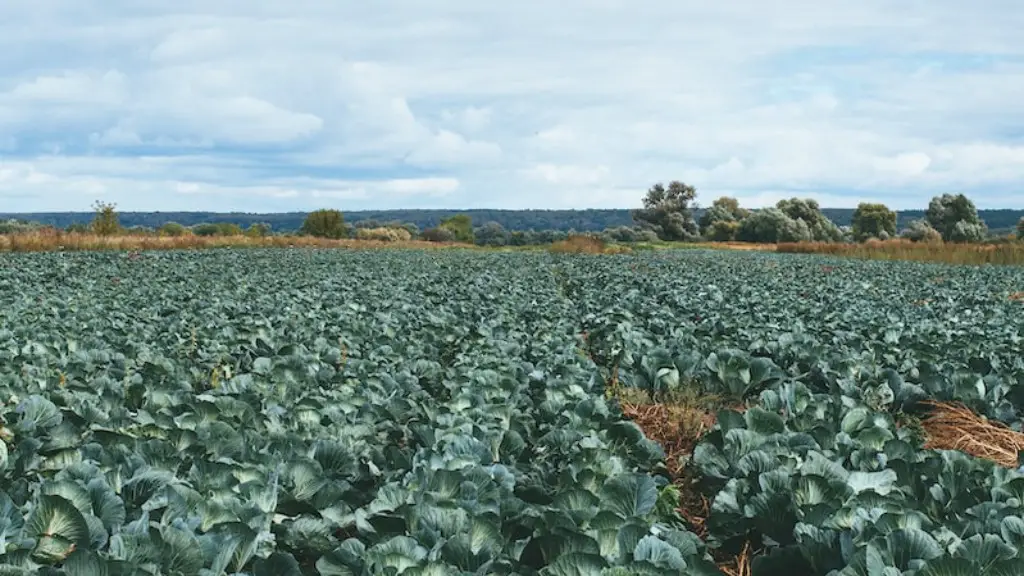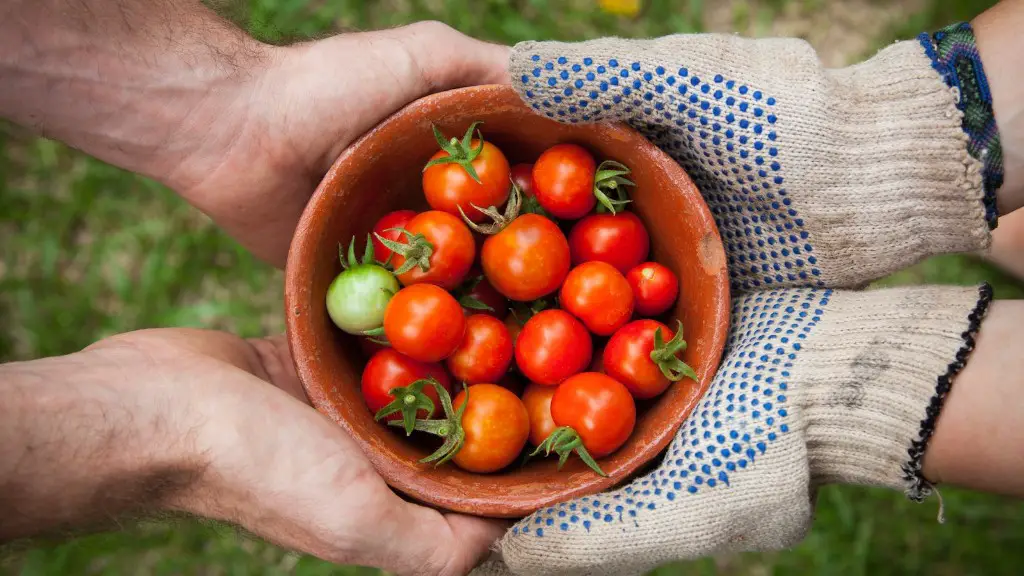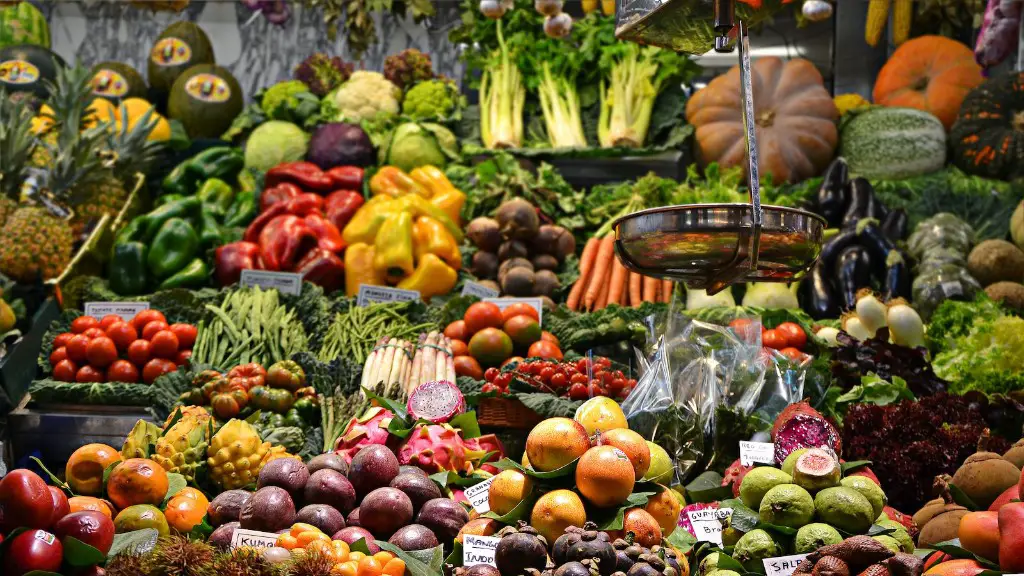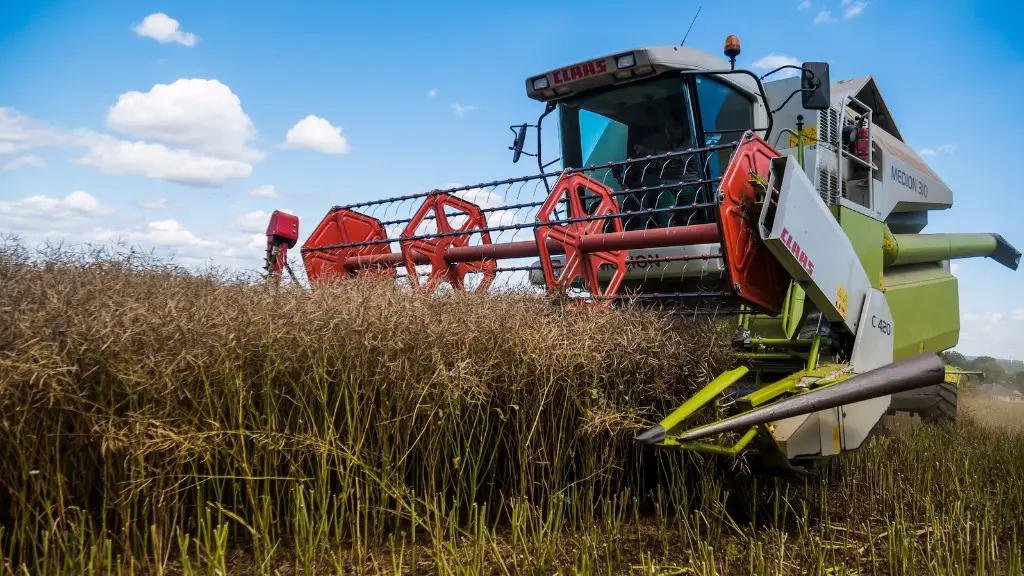As an agricultural expert, I have seen the diversity of agriculture first-hand. It is a concept that applies to a variety of farming techniques, crops and environments. At its core, diversity of agriculture means a wide range of varied activities taking place on a farm. This includes planting different crops, raising different animals, introducing practices for soil health, land management and water conservation.
When discussing the real importance of diversity in agriculture, the key is sustainability. Utilizing multiple production methods simultaneously helps to reduce the impact of any single land-use practice which can negatively affect the environment. Diversity helps maximize the use of local resources to create more sustainable, strong, and resilient farms. For example, diversity in crops, in addition to being more resilient to adverse weather events and climate change, can lead to increased production since the overall harvest should be stronger.
Genetic and species diversity is also very important, as having a larger diversity of crops allows farmers to use and share resources with one another to build more viable and productive farms. Additionally, diversity in livestock and animal production through improved nutrition, genetics, and management, enables farmers to diversify their operations and make more informed decisions about their animal welfare and management practices.
To further stress the importance of diversity in agriculture, there is an economic benefit. Studies have shown that diversifying farming activities allows farmers to gain several sources of income, improving their farm economics and providing additional benefits for the local economy.
In terms of the environment, diversity is key. A diverse farming system is more resilient and flexible, allowing it to better withstand the effects of climate change and other environmental factors, such as changes in weather patterns, pest and disease outbreaks, and air and soil pollution levels. Additionally, diversified systems require less irrigation, reducing stress on water resources.
Variety of Crops
A farming system that is diverse also means that a variety of crops can be grown. From cereal grains, rice, pulses, and groundnuts to fruits and vegetables, diversity in crop production can increase food security, yielding a larger proportion of the total food available on the market. Additionally, diverse crop production can provide farmers with superior quality produce, while reducing wastage.
Crop diversity also has its benefits from a commercial standpoint. Through diversification, farmers are able to identify profitable opportunities, such as speciality crops for niche markets, which can be beneficial for farmers looking to capitalize on a particular market. By cultivating a variety of crops, farmers can also better manage pest and disease outbreaks, helping to reduce losses.
Finally, this diversity creates diversity of use, offering a variety of products that are adapted to changing markets, climates, and crop varieties. This can help farmers adapt to changing environments, creating more sustainable and productive farms.
Animal Production
Animal production plays an important role in diversifying farming operations. Having a variety of animal species enables the development of new management techniques and the use of advanced technologies to increase the quantity and quality of animal products.
Diversity in animal production provides farmers with new opportunities for profitability, enabling them to better manage animal welfare and diseases, as well as providing them with a variety of animal products to sell. By varying animal production practices, farms can stay abreast of changing market demands and regulations, while providing farmers with the knowledge to keep their technologies and production methods up-to-date.
Animal production is not just beneficial to farmers, but also to the environment. Different production methods can help to reduce water consumption and soil erosion, while also making farms more resilient to the effects of climate change.
Furthermore, through animal-based activities and products, farmers are able to increase their margins and lower their overall costs, while increasing the variety of products they can offer to the market. Additionally, animal-based activities provide farmers with organic fertilizers and other natural resources to help maintain the health of their soil, ultimately benefiting the entire farm.
Soil Health and Conservation
Healthy soil is essential for the success of any farming system, and diversity helps prevent soil degradation, and increases soil fertility. By planting a variety of crops, farmers can replenish their soil and also reduce the use of water, energy and inputs.
Diversity in soil management techniques can also help to prevent soil erosion, which can lead to the depletion of valuable soil nutrients and reduce crop yields. By introducing cover crops, rotational grazing, or reduced tillage methods, farmers can reduce water runoff and nutrient leaching, while also improving soil structure and microbial activity.
Additionally, conservation practices, such as terracing, retention ponds, and buffer strips, can help to conserve water in farming systems and reduce their overall impacts on the environment. These conservation practices also help to reduce pollution and soil loss.
Finally, diversified farming systems can be used to reap multiple benefits, such as providing habitat for beneficial insects and other wildlife and boosting local biodiversity. By providing a variety of agricultural activities, farmers can help protect and maintain their ecosystems, while also preserving their local flora and fauna for future generations.
Marketing and Sustainable Utilization of Resources
Diversity of agriculture also plays an important role in market activities, allowing farmers to capture higher returns from their products. Having a variety of crops and animals to offer helps to broaden their portfolio and capitalize on niche markets.
Additionally, sustainability of resources is also important. By utilizing resources efficiently and effectively, farmers are able to reduce their environmental impact and maximize their return on investment. As such, diversifying one’s farming activities is an important step in creating a more efficient and sustainable farming system.
In order to effectively utilize resources, farmers must also be cognizant of crop and animal rotation, land use, and water conservation, as well as other conservation practices such as reduced tillage and zero-waste management. By assessing the resource needs of each production system and implementing practices that support the use of natural resources, farmers can reap the benefits of a more sustainable and profitable farm.
Finally, by diversifying their activities, farmers can also ensure they are able to capitalize on changing market trends and provide their consumers with a variety of products. By understanding their market and staying ahead of the competition, farmers can leverage their diversity to create a unique offering and maximize the returns from the produce.
Sustainable Use of Energy and Land Management
The responsible use of energy and land is an important part of any farming system. By assessing energy needs and proper land management, farmers can reduce their environmental footprint and make their operations more efficient. Additionally, energy efficiency plays an important role in reducing energy costs and increasing the profitability of farms.
Moreover, land management is key to fostering a more sustainable agricultural system. By diversifying their land uses, farmers can create a more resilient system, while reducing the risk of soil degradation and crop failure. Additionally, land diversification can reduce conflicts between different land-use activities and increase the overall revenue of the farming system.
Finally, farmers must also consider their water needs when designing their farming systems. By implementing water conservation systems, such as micro-irrigation and rainwater storage, farmers can reduce their dependence on natural resources, while preserving the quality of their water sources.
Conclusion
Diversity of agriculture is a critical component of any successful farming system. It enables farmers to maximize yields, maximize resources, and increase the sustainability of their farms.
By assessing their individual land and resources needs, farmers can create a more resilient, efficient and profitable system that helps protect their ecosystem and their local flora and fauna, while ensuring their operations are in line with current regulations and market trends.
